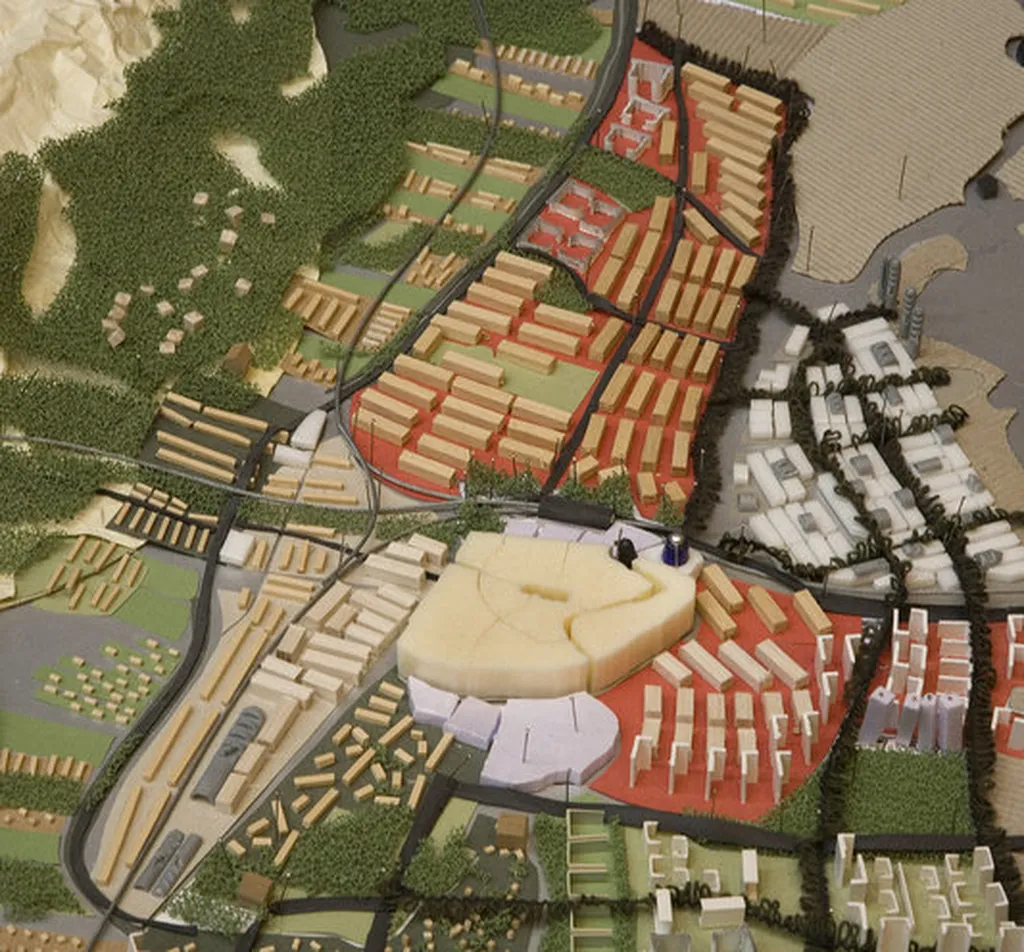In the heart of China’s unprecedented urban expansion, a delicate dance is unfolding between the rigid structures of traditional planning and the fluid demands of a rapidly modernizing society. This is the stage set by Chiu-Yuan Wang, a researcher from Delft University of Technology, in her compelling study published in *A+BE: Architecture and the Built Environment*, which translates to *Architecture and the Built Environment*. Wang’s work, titled “Between Flexibility and Reliability,” offers a nuanced exploration of China’s urban planning evolution post-1980s, a period marked by seismic shifts in policy, economy, and society.
At the core of Wang’s research is the tension between flexibility and reliability in urban planning. “The increasing importance of private investments and developments within the Chinese urbanization process requires a new balance between public planning and private developments,” Wang asserts. This balance, she argues, is crucial for creating a reliable framework for long-term urban development while also maintaining a flexible system that can adapt to changing conditions and new demands.
Wang’s study is a deep dive into the cultural, political, and economic forces shaping China’s urban landscape. She introduces the concept of “critical-modernity” to situate China’s modernization within a broader global context, emphasizing that it cannot be disconnected from the country’s historical roots and traditions. This perspective is a breath of fresh air in a field often dominated by Western-centric narratives.
The research is structured around three major themes: the transformation of society, the transformation of the planning system, and the implementation of planning in practice. Wang’s analysis of Shenzhen, one of China’s fastest-growing cities, provides a microcosm of the challenges and opportunities facing urban planners. “During a relatively short period of development, the degree of acceleration and the scope of an entirely unexpected growth forced local planning authorities to constantly readapt to changing conditions and new demands,” Wang notes.
The implications of Wang’s research extend far beyond China’s borders. As cities worldwide grapple with the impacts of rapid urbanization, her insights offer valuable lessons on balancing flexibility and reliability in planning. Moreover, her emphasis on the cultural context of planning decisions underscores the need for a more nuanced, inclusive approach to urban development.
For the energy sector, Wang’s research highlights the importance of adaptable infrastructure planning. As cities grow and evolve, so too must their energy systems. Planners must anticipate and accommodate changing energy demands, integrating renewable sources and ensuring grid resilience. Wang’s work suggests that a flexible, culturally attuned planning process can better navigate these complexities.
In a field often dominated by technical jargon and dry analysis, Wang’s study stands out for its human-centric approach. She reminds us that urban planning is not just about buildings and roads, but about people and their evolving needs. As she concludes, “Planning embodiment must be understood and used not only for political-economical interventions but, furthermore, as a spatial agent in order to mediate the changing confrontations of socio–spatial demands embedded in the cultural domain.”
Wang’s research is a call to action for planners, policymakers, and developers to embrace a more flexible, culturally sensitive approach to urban development. It is a timely reminder that in the face of rapid change, adaptability is not just an advantage, but a necessity. As China continues its journey of modernization, the lessons from Wang’s study will undoubtedly shape the future of its cities and, by extension, the world.

